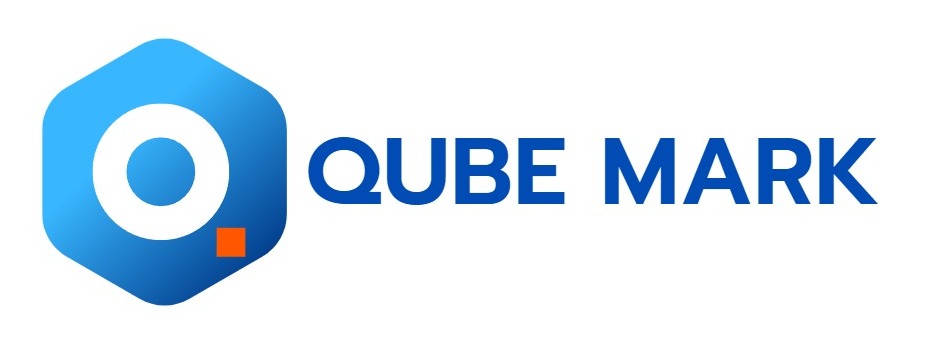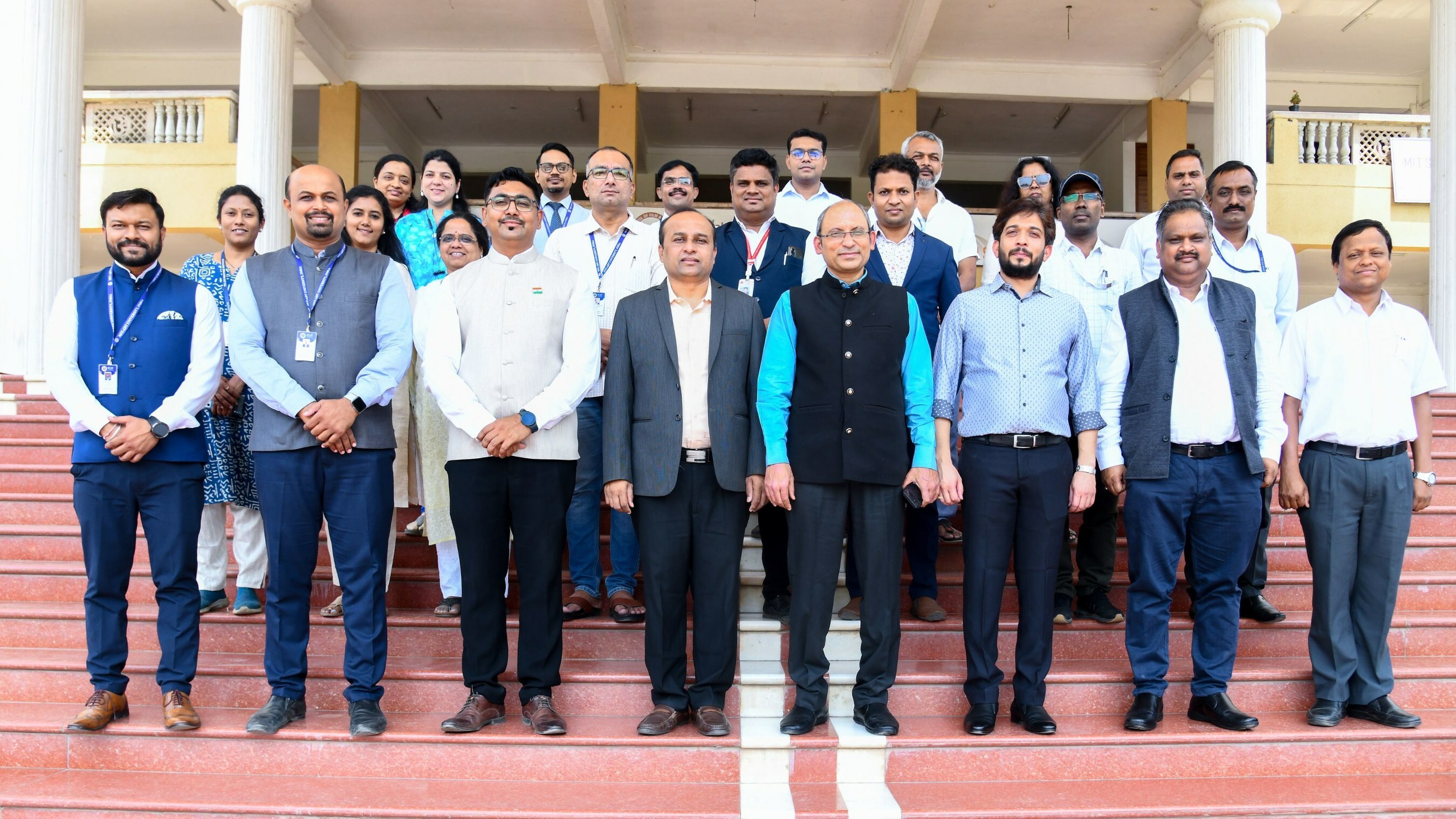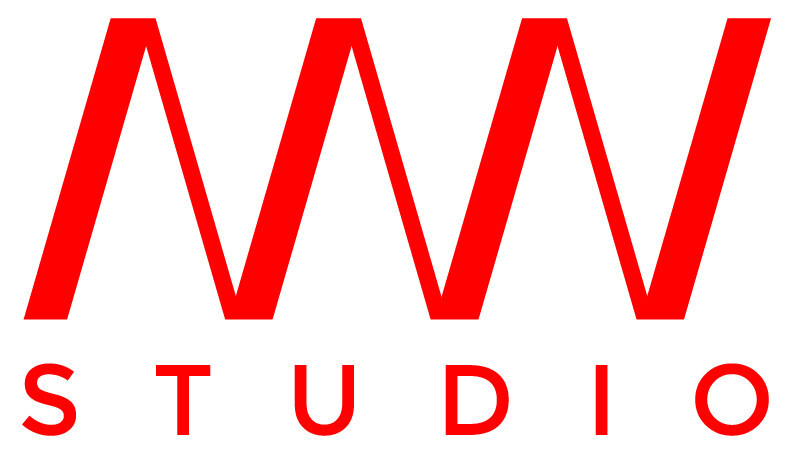SHENZHEN, China, Feb. 24, 2025 -- In 2024, as industrial 3D printing markets experienced double-digit contractions, a quiet revolution was taking place in daily scenarios worldwide. The sub-$2,500 segment saw a remarkable 28% surge, demonstrating that additive manufacturing is no longer confined to factories—it's rapidly becoming a household staple.
While recently some brands have made waves by attempting to establish their own user ecosystems through strategic integration and exclusive connections to third-party applications, this has raised questions about whether such exclusivity aligns with the open ethos that has long defined the 3D printing community. Redditors have responded with strong criticism and hundreds of accusations. In contrast, brands like Anycubic continued to democratize 3D printing technology, offering advanced features and cutting-edge technology to the broadest possible audience, ensuring accessibility without creating isolated silos.
From Tinkerers to Mainstream Makers
Rewind a decade, 3D printing demanded the patience of a watchmaker and the grit of a garage inventor. Setting up a printer was a daunting task, often requiring hours of meticulous assembly and troubleshooting. Users had to manually level the build platform with extreme precision—one wrong adjustment could lead to failed prints, frustration, and wasted materials. The learning curve was steep, making 3D printing a hobby reserved for the most dedicated tinkerers and tech enthusiasts.
Today, printers like the Anycubic Kobra S1—with their plug-and-play design, fully enclosed structure, and intuitive assembly—epitomize the industry's pivot toward accessibility. This isn't about dumbing down; it's smart engineering. By reducing setup steps by 90% compared to earlier models (based on internal usability studies), Anycubic has transformed 3D printing from a niche hobby into a seamless, living-room-ready experience.
The Kobra S1's CoreXY FDM system, combined with support for practical filament materials like PLA, PETG, ABS, and ASA, enables versatile applications—including multi-color printing with up to 8 colors via the ACE Pro. This blend of industrial-grade capability and consumer-friendly design has struck a chord with users, as evidenced by the surge in demand for fully enclosed CoreXY printers, which now command over 50% of Amazon sales (up from 14% in January 2024).
This shift underscores a broader trend: consumers crave reliability and ease of use. Anycubic's entry into this space, backed by its relentless focus on user experience, has not only captured market share but also created a supply-demand gap, with thousands of units in backlog—proof that when technology meets accessibility, the market responds.
Beyond Speed & Scale: The Intuitive Revolution
In 2024, speed emerged as the defining frontier in consumer 3D printing—a race where raw velocity met intelligent design. Anycubic's FDM printers now tear through prints at 600mm/s, churning out a standard 3DBenchy in just 15 minutes, while resin machines like the









